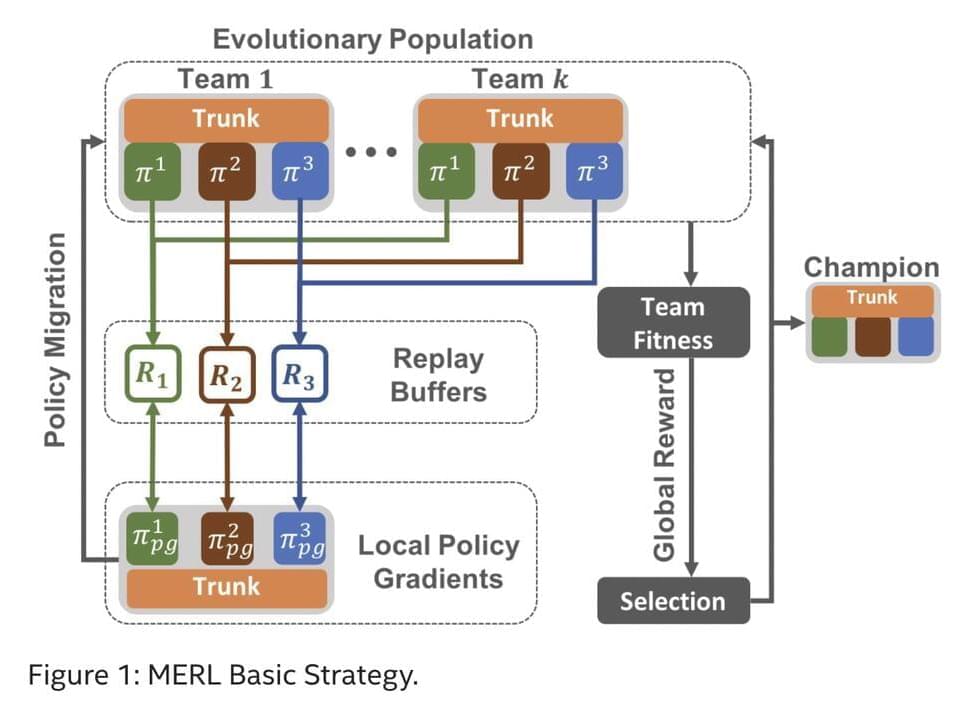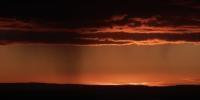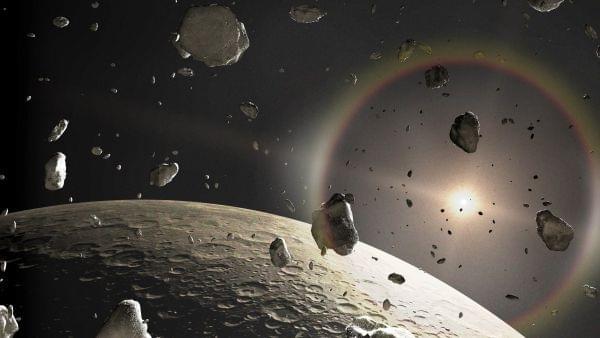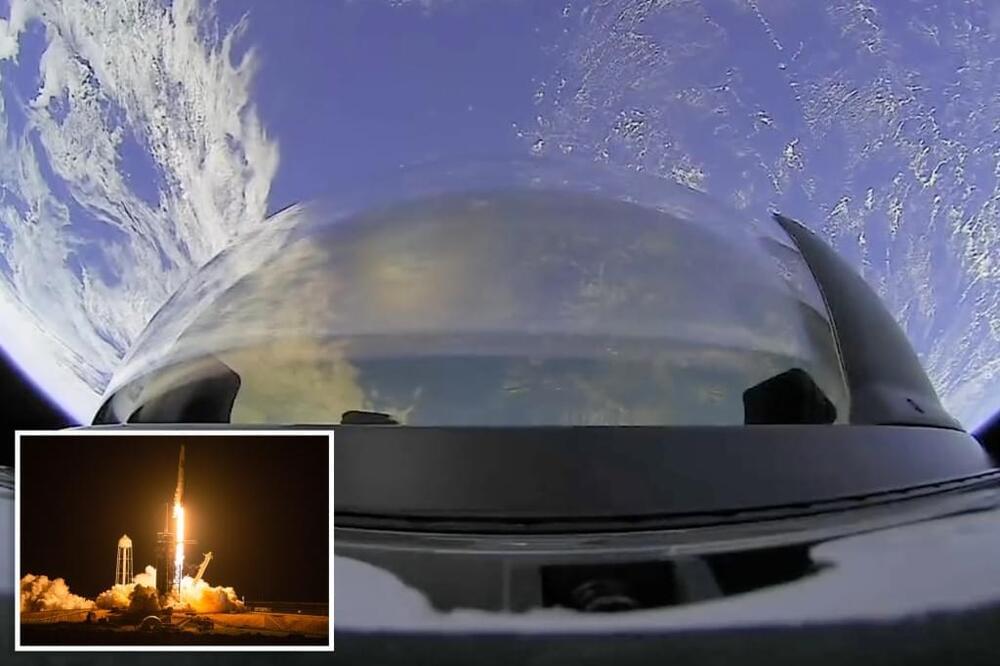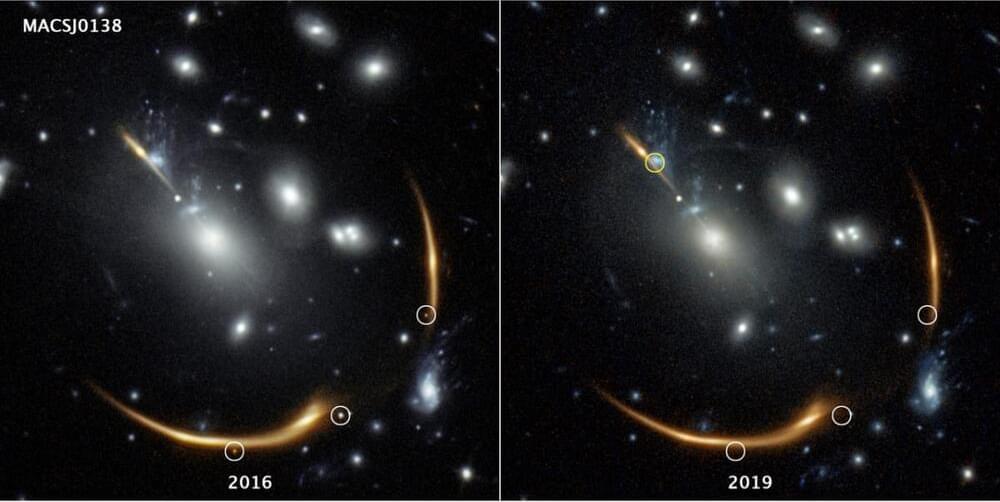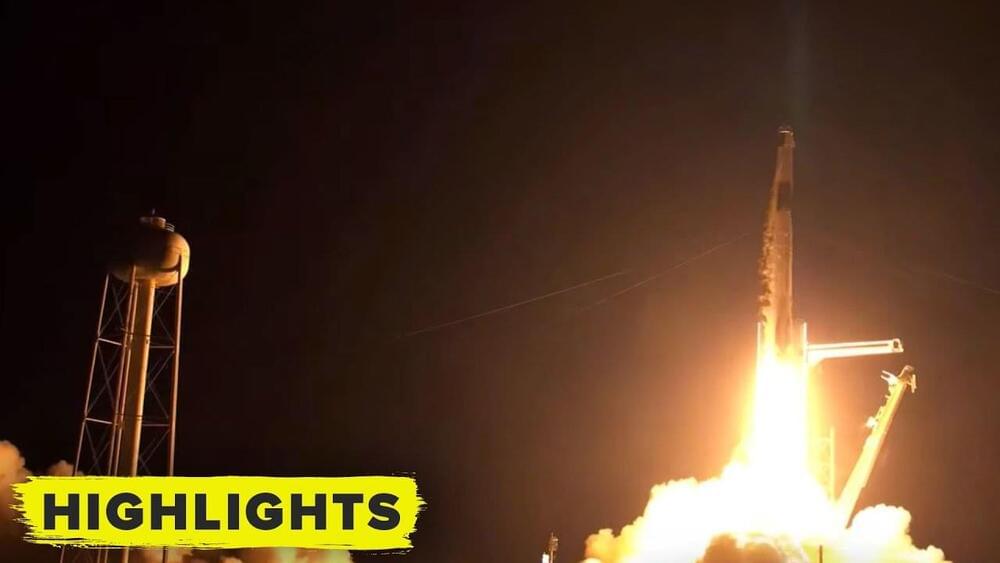Sep 16, 2021
Intel AI Team Proposes A Novel Machine Learning (ML) Technique, ‘Multiagent Evolutionary Reinforcement Learning (MERL)’ For Teaching Robots Teamwork
Posted by Genevieve Klien in categories: innovation, robotics/AI
Reinforcement learning is an interesting area of machine learning (ML) that has advanced rapidly in recent years. AlphaGo is one such RL-based computer program that has defeated a professional human Go player, a breakthrough that experts feel was a decade ahead of its time.
Reinforcement learning differs from supervised learning because it does not need the labelled input/output pairings for training or the explicit correction of sub-optimal actions. Instead, it investigates how intelligent agents should behave in a particular situation to maximize the concept of cumulative reward.
This is a huge plus when working with real-world applications that don’t come with a tonne of highly curated observations. Furthermore, when confronted with a new circumstance, RL agents can acquire methods that allow them to behave even in an unclear and changing environment, relying on their best estimates at the proper action.
